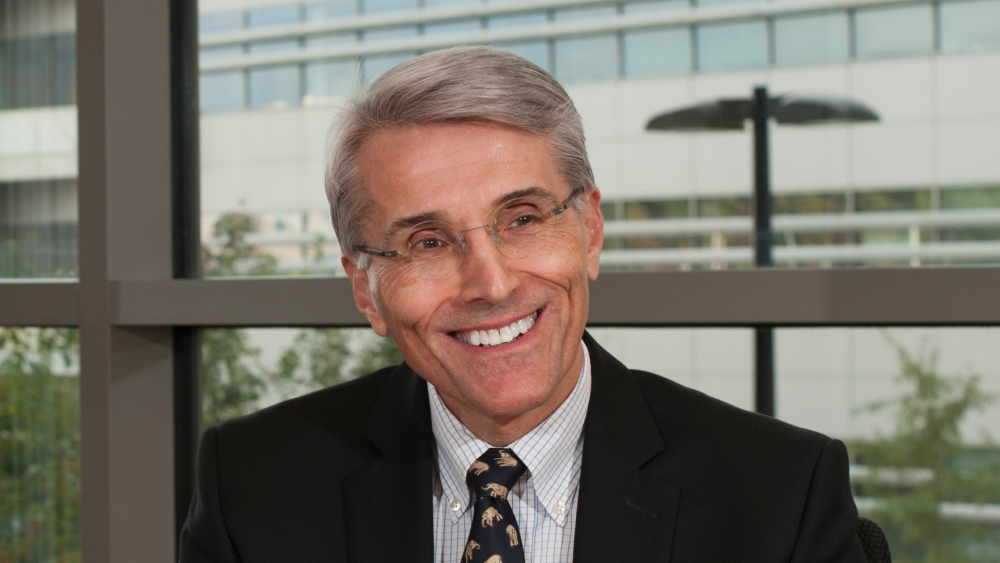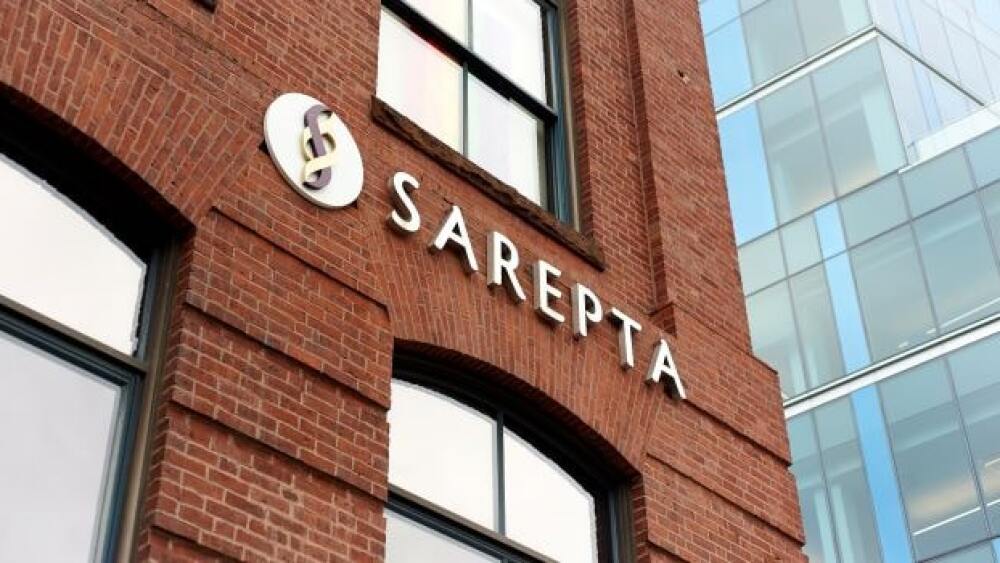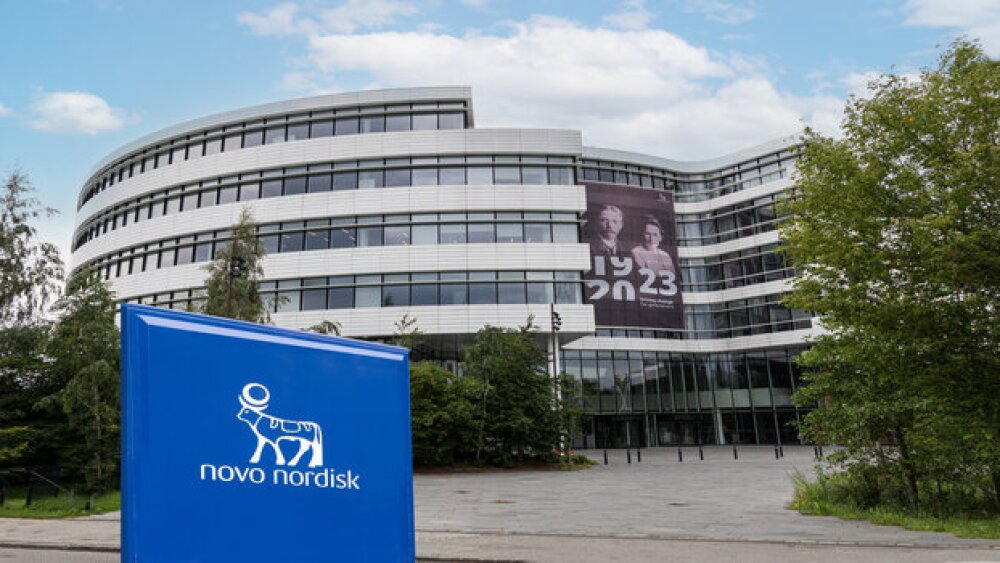A week into his tenure as head of the FDA’s Center for Drug Evaluation and Research, experts agree that Rick Pazdur is the “ideal fit” to stabilize the agency. And, according to one ex-FDA official, if his CBER counterpart Vinay Prasad tries to supersede Pazdur’s authority, “there will be hell to pay.”
“He’s a mensch.” This is how Peter Pitts, former FDA associate commissioner for external relations, described Richard Pazdur, the newly named head of the Center for Drug Evaluation and Research, in an interview with BioSpace. “He’s a nice guy. He’s a caring guy.”
Likewise, in an interview on Monday, RBC Capital Markets analyst Brian Abrahams called Pazdur a “well known and highly respected leader” who helped speed cancer drug approvals but also ensured the withdrawal of those that ultimately failed in confirmatory studies.
Arguably the FDA’s most powerful regulatory division, CDER has seen turnover reminiscent of a game of tiddly winks over the past year as leadership changed hands from Patrizia Cavazzoni to Jacqueline Corrigan-Curay (acting) to George Tidmarsh and now to Pazdur in the span of 11 months.
For Pitts, now president and co-founder of the Center for Medicine in the Public Interest, there are two key questions for Pazdur as he takes the helm at CDER. “The first is, what can he accomplish as CDER director?” Pitts asked. The second: “Will he last as CDER director?”
This last query may have been one that Pazdur—a 26-year FDA veteran who founded the agency’s Oncology Center of Excellence in 2017—asked himself before finally accepting the position last Tuesday. He turned down the post the previous week, according to reports from The Pink Sheet.
The answer to this all-important question, Pitts said, really depends on the deal that Pazdur struck with FDA Commissioner Marty Makary.
Makary courted Pazdur diligently, spending hours at the oncologist’s house, attempting to assure him that he would have autonomy and independence from Center for Biologics Evaluation and Research director Vinay Prasad, Endpoints News reported, citing an anonymous source familiar with the matter.
“Obviously, there are a lot of strong personalities at the FDA,” Pitts said, “not the least of whom are Vinay Prasad.”
Indeed, Prasad reportedly butted heads with the former CDER director, George Tidmarsh, who resigned on Nov. 2 amid a probe into his “personal conduct” at the agency. A New York Times article the same day reported that Tidmarsh found the FDA to be a toxic work environment—a situation he attributed to Prasad.
“Like any other high-profile job, [the process] involved a series of discussions that ultimately led to Dr. Pazdur’s acceptance,” Andrew Nixon, director of communications at the Department of Health and Human Services, told BioSpace in an email.
The Prasad Problem
It has been widely reported that Prasad could pose a challenge for Pazdur. The CBER director has been critical of his new counterpart, writing in a December 2022 blog post about the state of oncology that Pazdur “has done a catastrophically bad job.” Another X post from Prasad earlier that year reads: “[Pazdur] is one person who has single-handedly lowered the bar so low that we trip over it as companies are on their way to make tens of billions of dollars selling useless drugs.”
Since Prasad’s appointment in May as CBER head caused biotech stocks to dip, the former social media personality has reportedly tussled with several agency leaders—including Nicole Verdun, the former influential director of the FDA’s Office of Therapeutic Products and her deputy, Rachael Anatol, along with Tidmarsh.
CBER also handled the safety saga around Sarepta’s Duchenne muscular dystrophy (DMD) gene therapy Elevidys in such a way that Prasad was temporarily ousted from his role. Ten days later, however, he was back, “at the FDA’s request,” Nixon told STAT News at the time, indicating that Prasad has some clout within the agency.
Pitts is not of the opinion, however, that this influence extends to Pazdur.
“I think [Prasad] believes he can tell anybody what to do,” he said, “but the fact of the matter is that he does not lead CDER, and the first time he tries to supersede Dr. Pazdur’s authority, there will be hell to pay and resignations to be handed in.”
Ultimately, Pitts said, the two men are “going to have to coexist within the executive ranks of the FDA, and [Prasad] is going to have to recognize that Rick Pazdur is going to do things he doesn’t like; he’s going to have to suck it up and be supportive.”
A Perfect Fit?
During two recent BioSpace webinars, ex-FDA leaders and other regulatory experts have bemoaned the “chaos” and “uncertainty” at the FDA. Abrahams called Pazdur “an ideal fit to help optimize stability at the agency.”
“There’s been a little bit of volatility and uncertainty around recent FDA developments,” he said, referring to the massive HHS workforce cuts that took place this spring and recent leadership changes, “so I think having Dr. Pazdur, a longtime FDA veteran, in this role, is going to be a steady hand and help with the predictability and stability.”
Ellen Sigal, chairperson and founder of Friends of Cancer Research, agreed. “I think the fact that they have put him in this job is a good signal that they’re very serious about getting back on the track,” she told BioSpace. “You can take that as the first step in the right direction because he is a serious person, highly regarded and liked by patients, by industry, by scientists.”
Pitts also emphasized Pazdur’s longevity within the FDA as a key attribute. “The beauty of Rick Pazdur is that he’s not walking into CDER as an unknown. He’s been there a long time. People have a great deal of respect for him.”
That said, “Every division has its own personality,” he continued, “I think he’s got to empower the senior staff, which I think right now is feeling pretty castrated, to believe they’ve got the professional oomph to do things in new or different ways that might not always, for example, jive with the way Vinay Prasad wants things done.”
Based on Pazdur’s first CDER-wide email, viewed and published in part by Endpoints, he appears to be making a valiant first attempt.
“It is common for drug companies to lobby me regarding their side of an issue,” Pazdur wrote. “Contact the review team and I will be happy to attend meetings with all parties. This also holds for our internal disagreements; I believe there are always two sides to every issue.”
Pazdur could also be an ideal fit from a regulatory philosophy standpoint, experts agreed.
“I think a lot of what he has been doing at [the Oncology Drugs Advisory Committee] aligns with the goals that the agency has put forth under this new administration,” Abrahams said. “He’s been very innovative in terms of embracing [the] accelerated approval process to get drugs to patients as best as quickly as possible.” Accelerated approval has been a key focus for Makary since his first month on the job, when he proposed a new “conditional approval” pathway for rare disease therapies—an initiative he, along with Prasad, fleshed out in a recently published paper.
Sigal added that if there is one therapeutic space in which Pazdur’s “expertise and creativity” could make a particular difference, it is rare diseases. “In small and diverse populations, innovative trial designs and data strategies are essential to delivering progress for patients,” she said.
At the same time, Abrahams said, “[Pazdur] does have a history of being rigorous, and this is something that’s also, I think, been important to this new agency as well. I think there should be very good alignment.”








